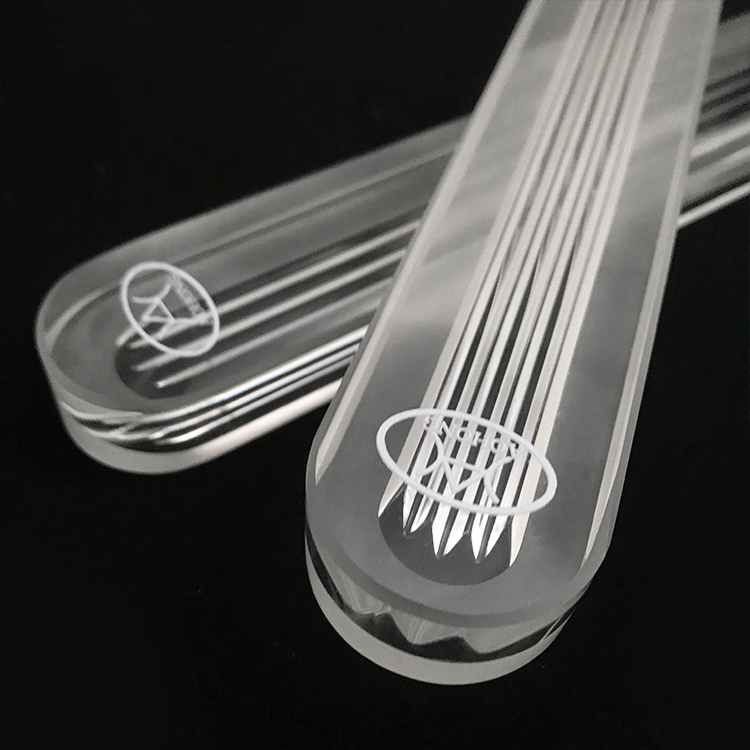

(Includes: tube-style liquid level sight glass installation, tube-style liquid level sight glass maintenance)
Also called tubular sight glass, inline sight tube, pipe sight glass, cylindrical sight glass, sight-tube level gauge and tubular level viewer — this memo is written for rotating-equipment engineers who demand “zero leakage.”
Any of the sight-glass assembly’s four functional segments can fail and turn a visible liquid surface into a high-pressure spray:
Pressure pipe segment (typically Sch40 / Sch80)
Isolation valves at both ends (needle or ball valves)
Viewing window (tempered borosilicate glass or quartz)
Sealing elements (PTFE, FKM O-rings or metal-wound gaskets)
Below are field failure photos converted into quantitative checklists you can paste into maintenance procedures (examples taken from a refinery hydrogenation unit, a power-plant deaerator and an LNG high-pressure pump).
Maximum working pressure ≤ (glass rated pressure × 0.5).
For ANSI Class 600 and above, prefer quartz windows (withstand pressure ~16 MPa, temperature up to 450 °C).
Allowable thermal shock (ΔT) ≥ 120 °C — avoid cold water contacting hot glass during thermal cleaning.
Pipe segment material must match main system: e.g., hydrogen service → ASTM A312 TP316L; chloride environments → duplex 2205.
O-ring material must be compatible with fluid: e.g., hydrofluoric acid in alkylation units → PTFE-over-Kalrez (HF permeability reduced to ~1×10⁻⁷ g/(m·s)).
Sight-glass to equipment flanges must include a sliding/loose-flange (floating) design to prevent thermal push-out bending.
Measured example: DN25 × 600 mm sight tube under a 200 °C temperature differential produces axial thrust up to 8 kN, enough to induce micro-cracks at glass edges.
Fit isolation valves first and tighten individually.
Ensure stem-to-pipe coaxiality ≤ 0.5 mm to avoid bending stresses on the glass.
Glass OD tolerance h8; seat groove finish Ra ≤ 1.6 μm.
Hand-press glass in and confirm 360° uniform seating before installing the pressure cap.
Apply three staged torques with a dial torque wrench in sequence 1 → 3 → 2 → 4 to avoid eccentric loading:
10 N·m → 2. 20 N·m → 3. 30 N·m (manufacturer tolerance ±5%).
Hold 1.5 × design pressure for 30 min.
Soap bubble test: 0 bubbles allowed.
Helium mass spectrometer alternative: leak rate ≤ 1×10⁻⁹ Pa·m³/s.
Look 1: Glass inner wall — vertical cracks (inspect by 60° reflected light).
Look 2: O-ring extrusion or nick (monthly, side-light with torch).
Look 3: Salt crust at valve-stem packing (indicates media ingress).
Look 4: External pipe condensation patterns (local overcooling = internal throttling/blockage risk).
Listen 1: When needle valve is slightly opened, listen for a hiss — this indicates upstream/downstream pressure lock or differential.
Root cause: Thermal washwater 20 °C hit glass at 280 °C → ΔT = 260 °C > allowable thermal shock 120 °C.
Mitigation: Close isolation valves before thermal wash; wait for pipe to cool to ≤80 °C before introducing cold washwater.
Root cause: Operating temp 256 °C caused viscous cold-flow in PTFE under sustained pressure → permanent set.
Mitigation: Switch to 15% carbon-filled PTFE (per ASTM D695 at 200 °C × 24 h shows permanent deformation <3%).
Root cause: Over-torqued bolts induced edge compressive stress ~180 MPa; quartz allowable compressive ~110 MPa.
Mitigation: Re-torque to manufacturer maximum 30 N·m and add spring washers to compensate for thermal relaxation.
High-pressure hydrogen systems: disassemble & inspect every 12 months; any radial crack in glass → immediate discard.
Steam deaerators: replace O-rings every 18 months regardless of leakage; replace glass if surface scratches > 0.2 mm deep.
Cryogenic LNG service: perform low-temperature shock re-test every 24 months (−196 °C × 5 cycles). Continue service only if no new cracks appear.
Before returning to service, ensure all items below pass — otherwise reject:
Glass: no visible cracks, scratches or chipped edges.
O-rings: no extrusion, no discoloration or hardening.
Isolation valves: seat seals leak-tight at full open; stem packing shows 0 bubbles.
Hydrotest: 1.5 × Pd, 30 min, zero pressure drop.
Hot-state torque re-check: bolt relaxation ≤10%.
About 80% of sight-glass failures concentrate in over-torquing on installation and thermal shock during cleaning. Enforce staged torque values, cold/hot isolation procedures, and floating interfaces — you can extend service from "13-month burst" to 5 years without disassembly. Put this installation and maintenance checklist into your turnaround procedures and eliminate the embarrassing "it looked fine and then it sprayed" incidents.
Keywords & aliases used for search & documentation: tube-style liquid level sight glass installation, tube-style liquid level sight glass maintenance — plus tubular sight glass, inline sight tube, pipe sight glass, sight-tube level gauge, cylindrical sight glass.
Copyright © Hengshui Aohong Special Glass Manufacturing Co., Ltd. All Rights Reserved | Sitemap